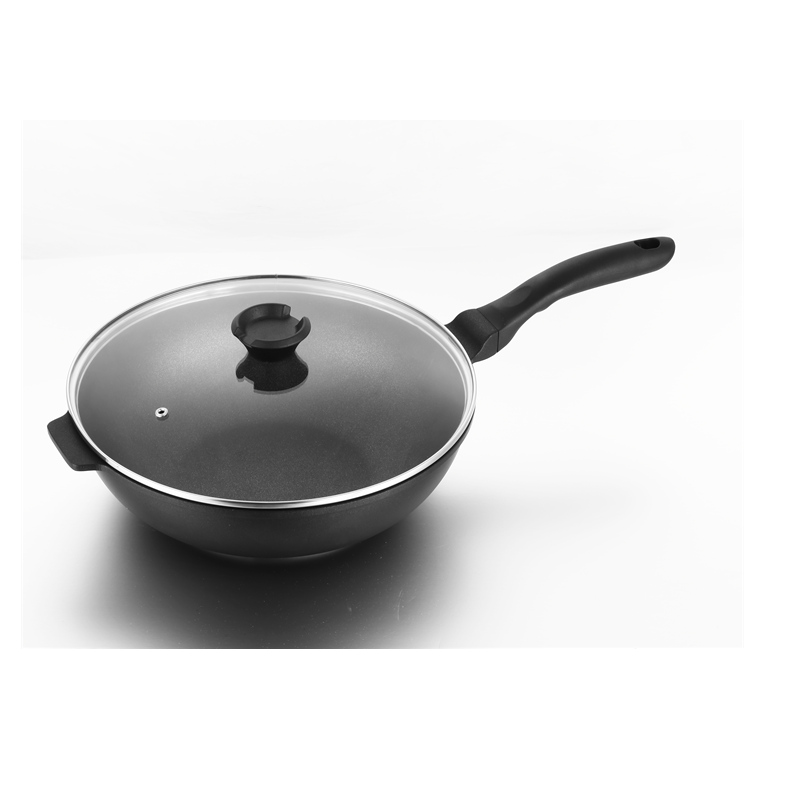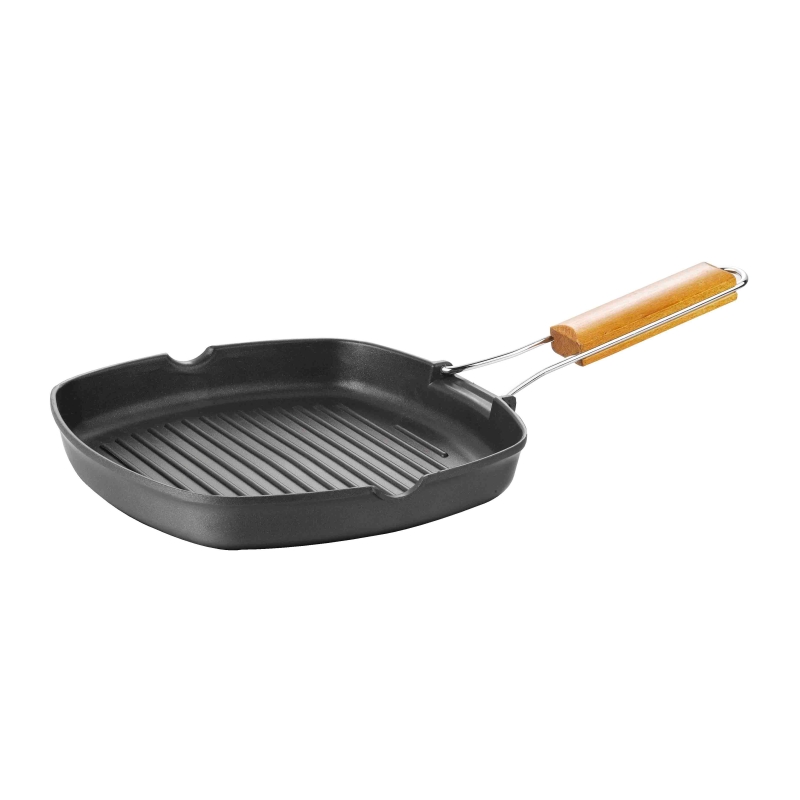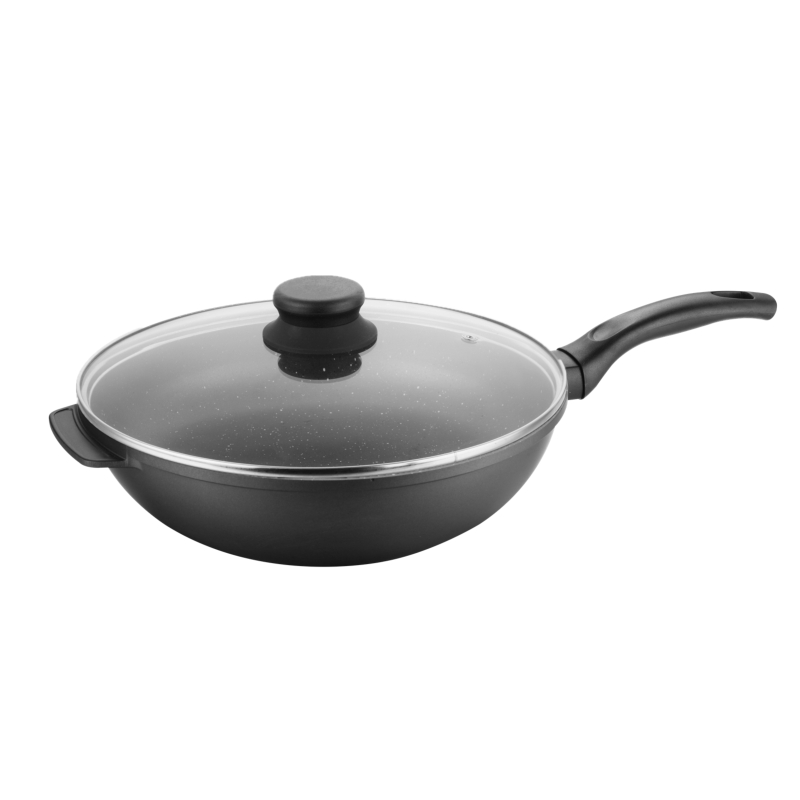Influence of Cooking handles Techniques and Pot Design
Adaptation to Wok Cooking and Stir-Frying
Chinese cooks developed unique cookware handle designs to match the demands of stir-frying and wok cooking. Stir-frying requires fast, high-heat cooking and constant movement of ingredients. Cooks prefer lightweight materials like carbon steel for woks because these heat up quickly and allow for easy handling. The design of the wok handle reflects the needs of this technique:
- The single long bakelite handle, common in Mandarin woks, helps cooks toss and flip food with one hand.
- Wooden handles provide a comfortable grip and protect hands from heat during rapid cooking.
- Helper handles appear on some woks to assist with lifting and pouring, especially when the pan is heavy or full.
- Cantonese woks often feature two loop handles, making them suitable for steaming or deep-frying.
These adaptations show how the China Cooking Pot Handle evolved to support different regional cooking styles and techniques.
Evolution of Handle Shapes and Functions
Handle shapes changed as cooking methods and kitchen environments evolved. In northern China, cooks traditionally used woks with loop handles on both sides. This design made it easier to lift heavy pots over open fires. Southern Chinese kitchens introduced the long stick handle, which allowed for quick tossing and better control during stir-frying. Over time, new designs emerged to meet modern needs:
- Flat-bottomed woks with long handles became popular in Western kitchens, making them compatible with electric or flat cooktops.
- Ergonomic shapes and heat-resistant materials improved comfort and safety.
- Handles now often feature textured surfaces or flameguards for extra protection.

These changes highlight the ongoing innovation in handle design, ensuring that cookware remains practical and safe for every cooking environment.
Ancient Chinese cooks selected pot handle materials with care. They valued heat resistance, safety, and practicality. Their choices balanced available resources and durability. These early decisions influenced the evolution of cookware. Modern designs still reflect the needs and traditions established by these early innovators.
FAQ
What materials did ancient Chinese cooks prefer for pot handles?
Ancient Chinese cooks often chose Purple-Sand clay, hardwood, and sometimes cloth or leather. These materials provided insulation, durability, and comfort during daily cooking tasks.
How did handle design improve cooking safety?
Handle designs included longer lengths, textured surfaces, and loop shapes. These features helped cooks avoid burns and maintain a secure grip during food preparation.
Why do modern cookware handles use bakelite or stainless steel?
Manufacturers select bakelite and stainless steel for their heat resistance and durability. These materials help keep handles cool and extend the lifespan of cookware.
Post time: Aug-06-2025


